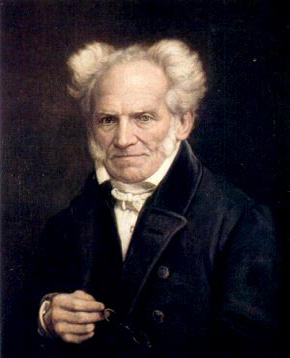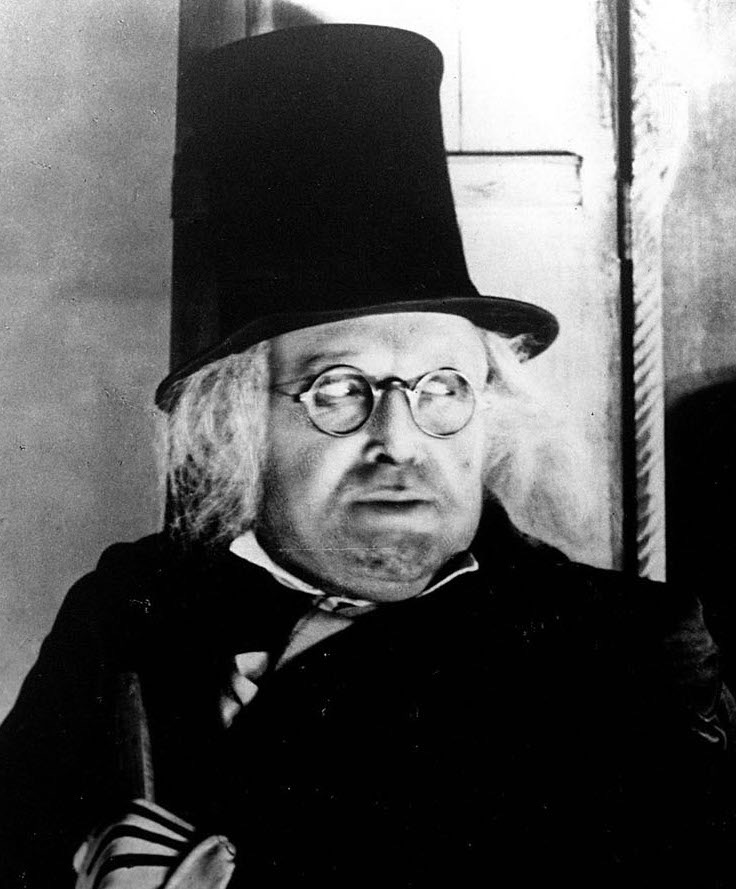Cabinet des Dr. Caligari (Motion picture)
Enlarge text Shrink text- Hess, K.-P. Das Cabinet des Dr. Caligari, 1985.
- Adkinson, R.V. The cabinet of Dr. Caligari, 1984, c1972:t.p. verso (original German lang. film entitled Das Cabinet des Dr. Caligari)
The Cabinet of Dr. Caligari (German: Das Cabinet des Dr. Caligari) is a 1920 German silent horror film directed by Robert Wiene and written by Hans Janowitz and Carl Mayer. The quintessential work of early German Expressionist cinema, it tells the story of an insane hypnotist (Werner Krauss) who uses a brainwashed somnambulist (Conrad Veidt) to commit murders. The film features a dark, twisted visual style, with sharp-pointed forms; oblique, curving lines; structures and landscapes that lean and twist in unusual angles; and shadows and streaks of light painted directly onto the sets. The script was inspired by various experiences from the lives of Janowitz and Mayer, both pacifists who were left distrustful of authority after their experiences with the military during World War I. The film makes use of a frame story, with a prologue and epilogue combined with a twist ending. Janowitz said this device was forced upon the writers against their will. The film's design was handled by Hermann Warm, Walter Reimann and Walter Röhrig, who recommended a fantastic, graphic style over a naturalistic one. The film thematises brutal and irrational authority. Writers and scholars have argued the film reflects a subconscious need in German society for a tyrant, and is an example of Germany's obedience to authority and unwillingness to rebel against deranged authority. Some critics have interpreted Caligari as representing the German war government, with Cesare symbolic of the common man conditioned, like soldiers, to kill. Other themes of the film include the destabilised contrast between insanity and sanity, the subjective perception of reality, and the duality of human nature. The Cabinet of Dr. Caligari was released when foreign film industries were easing restrictions on the import of German films after World War I, so it was screened internationally. Accounts differ as to its financial and critical success upon release, but modern film critics and historians have largely praised it as a revolutionary film. The film was voted number 12 on the prestigious Brussels 12 list at the 1958 World Expo. Critic Roger Ebert called it arguably "the first true horror film", and reviewer Danny Peary called it cinema's first cult film and a precursor for arthouse films. The film helped draw worldwide attention to the artistic merit of German cinema, and had a major influence on American films, particularly in the genres of horror and film noir.
Read more on Wikipedia >
 Title
Title











